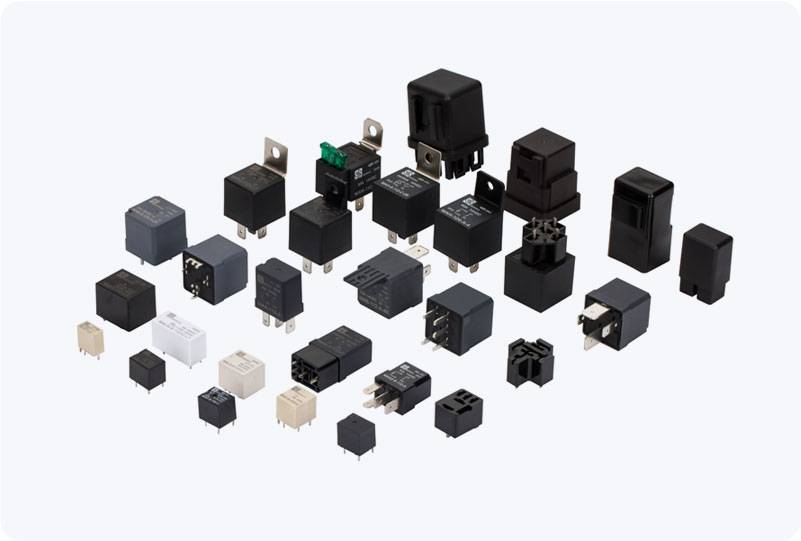relay vs fuse in car: understanding their functions and differences
Release time:2025-11-09 07:55:38
In the complex world of automobile electrical systems, understanding the roles of different components is crucial for both drivers and technicians. Two such components—relays and fuses—are often used interchangeably by people who are not familiar with their distinct functions. However, these two components serve different purposes in a car’s electrical system, and each plays a vital role in ensuring the vehicle operates smoothly and safely. This article delves into the key differences between relays and fuses in cars, their functions, and how they contribute to vehicle safety.

What is a Relay?
A relay in a car is an electrically operated switch. Essentially, it is used to control the flow of electrical power to larger electrical devices with a smaller, more manageable current. The key function of a relay is to allow low-power circuits to control high-power circuits, making it easier to switch on devices that require more electricity without directly subjecting the switch or control system to large currents.
Relays are typically used for components such as the starter motor, air conditioning, headlights, and fuel pumps. These devices consume large amounts of electricity and therefore need to be controlled through a relay. Without relays, these devices would require large, cumbersome switches, making the vehicle’s electrical system more complicated and less efficient.


